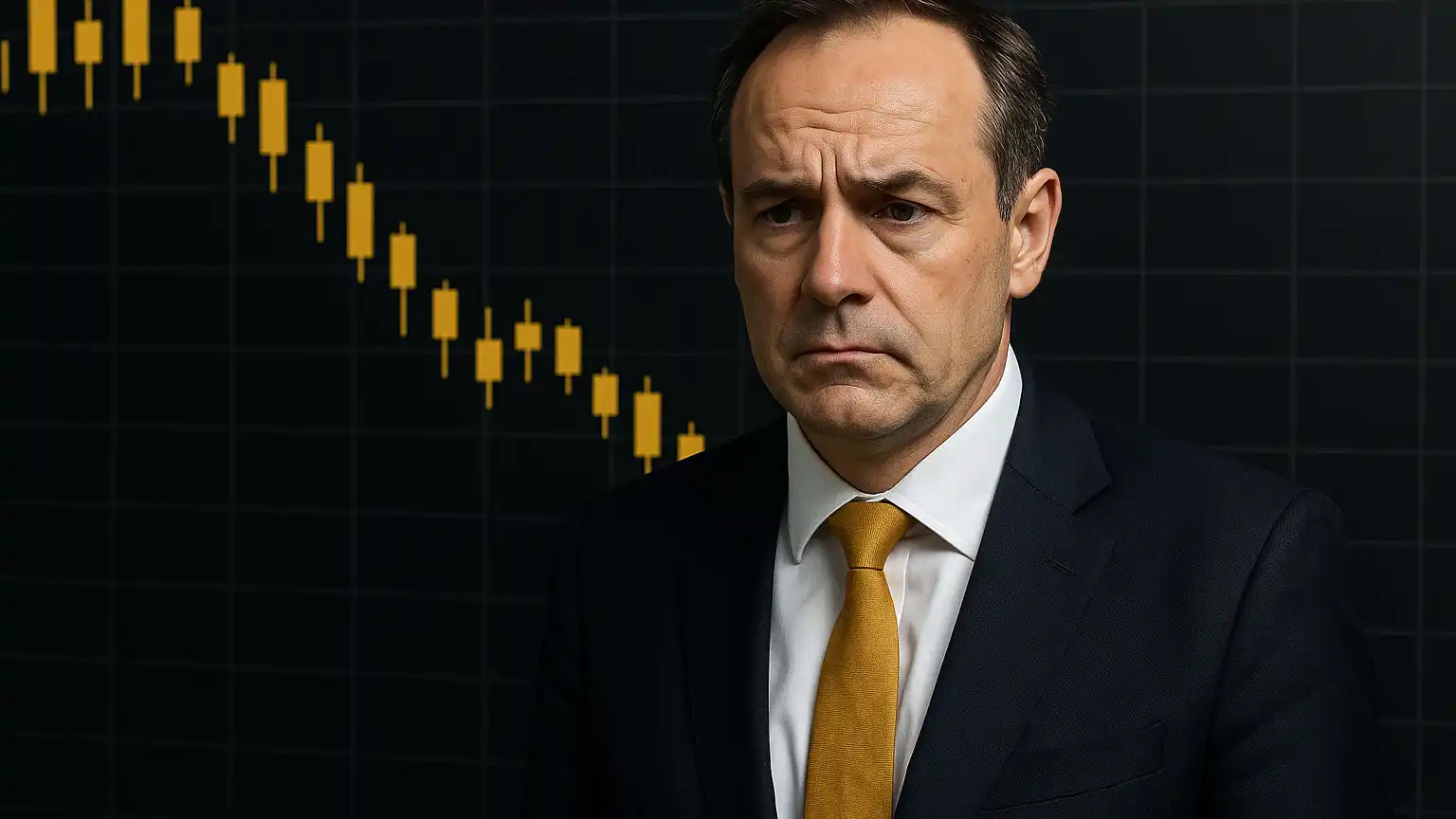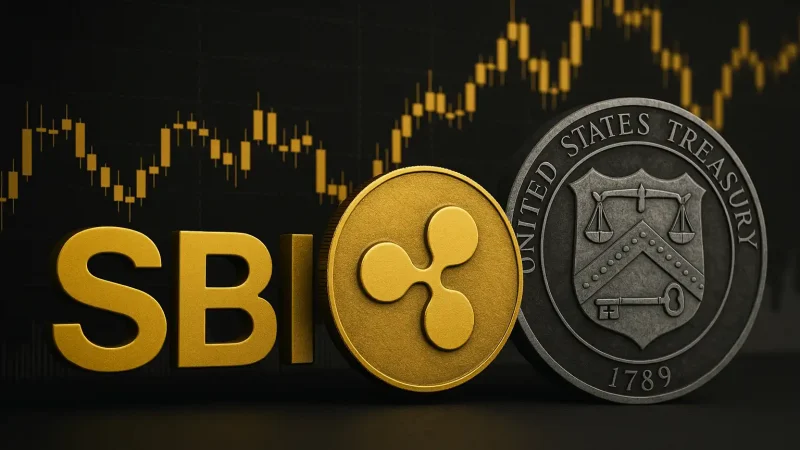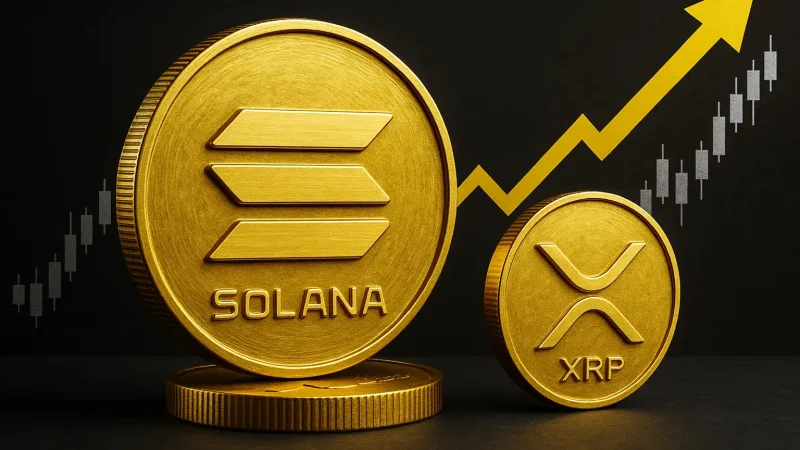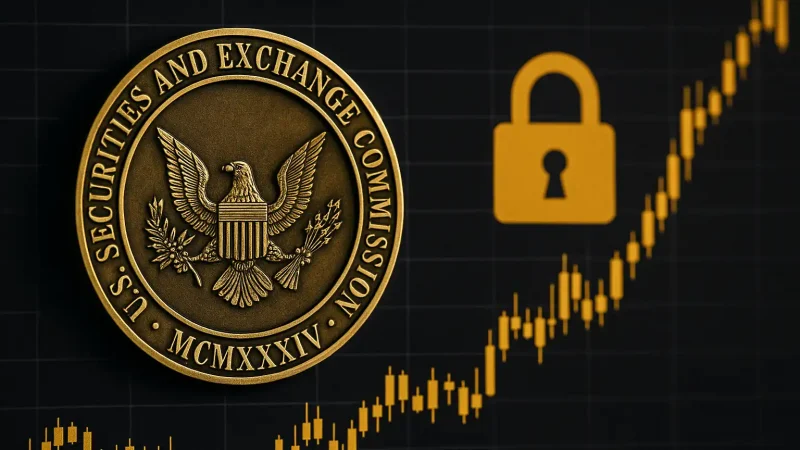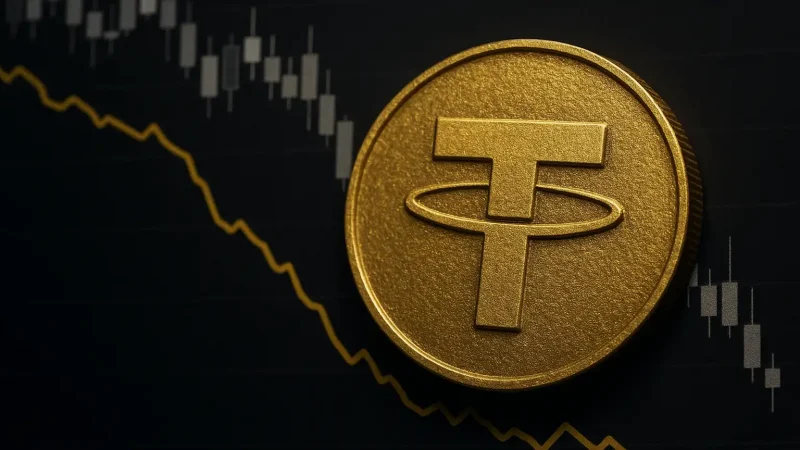The crypto market rarely sleeps—nor does it forgive easily. Just weeks after its much-publicized launch, Plasma (XPL) finds itself under fire following a social media storm of rumors suggesting that past failings from other projects may be repeating. CEO and founder Paul Faecks stepped forward this week, directly challenging the claims and defending both his team and XPL’s future. But the market reaction tells its own story.
Leadership Calls Out “Baseless FUD” as Allegations Mount
The controversy ignited after speculation spread online linking several Plasma team members to previous high-profile projects that saw dramatic price crashes—namely, BLAST and BLUR. Both tokens are currently trading nearly 90% below their all-time highs, fueling fears that similar patterns could unfold for XPL. Within crypto circles, such associations—be they real or perceived—can deliver devastating consequences.
In response, Paul Faecks took to X (formerly Twitter), posting a detailed rebuttal. He laid out three key defenses: First, that no team member has sold a single XPL token to date, owing to a strict three-year lock-up with a one-year cliff. Second, while acknowledging that three team members previously worked on BLAST and BLUR, he emphasized the broader composition of the team—highlighting credentials from Google, Facebook, Square, and Goldman Sachs among others. Finally, he made it clear that Plasma has not, and does not, engage with Wintermute, a market maker often implicated in speculative liquidity discussions.
“We are laser-focused on building the future of money and won’t be commenting further. We remain incredibly grateful for our community’s support,” Faecks wrote in his statement. The comment, while calm in tone, signaled the leadership’s intent to put controversy behind them and return focus to development.
XPL’s Price Listing Struggles Under Pressure
Unfortunately for Plasma, even a strongly worded rebuttal hasn’t been enough to buoy market confidence. Since hitting exchanges just four days prior, XPL has seen its price slide by over 43%, trading at around $0.94—down from highs sparked by its launch enthusiasm. This week alone, prices have dropped 6.6%, even as broader crypto indices posted gains.
The selloff brings a stark reality back into focus: investor trust is more fragile than ever in a post-FTX era. Even without evidence of wrongdoing, the optics of recycled developer talent and opaque communications can damage a brand before it has a chance to establish market credibility.
Market Data Offers a Silver Lining
Despite initial price woes, raw metrics reveal solid traction beneath the surface. XPL currently boasts a market cap of approximately $1.69 billion and sees a staggering $2.89 billion in 24-hour average trading volume. These numbers suggest that the market hasn’t entirely abandoned the token. In fact, institutional players and whales may be quietly accumulating during the dip, expecting volatility as growing pains rather than a death knell.
More importantly, Plasma’s core proposition as a stablecoin infrastructure layer may put it in the right thematic lane: the rising global adoption curve of stablecoins continues to attract venture capital, mainstream fintech players, and regulatory interest. If XPL can tighten community messaging, deliver a stable product, and establish liquidity in trusted DEXs and CEXs alike, this trough could become a historical footnote.
Conclusion: A Young Project at a Crossroads
The reaction to the Plasma controversy illustrates a broader truth about crypto in 2025: legitimacy is no longer won on hype alone. As the industry matures, communities demand transparency, reputational clarity, and architecture that can scale securely. Whether XPL recovers or fades into the background will depend not just on new listings or tech updates—but on whether Paul Faecks and his team can align expectations with performance, and keep the narrative in their own control.

